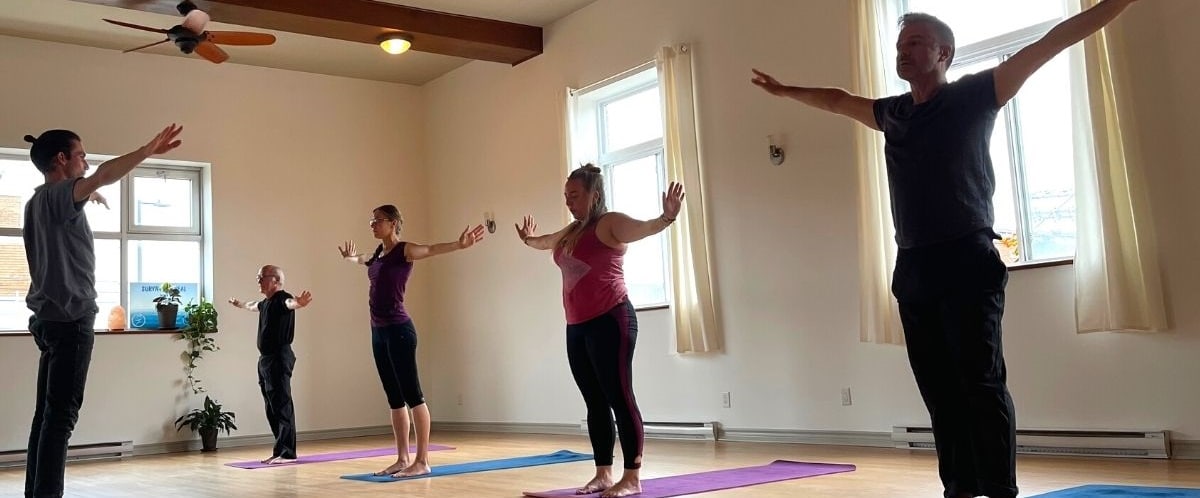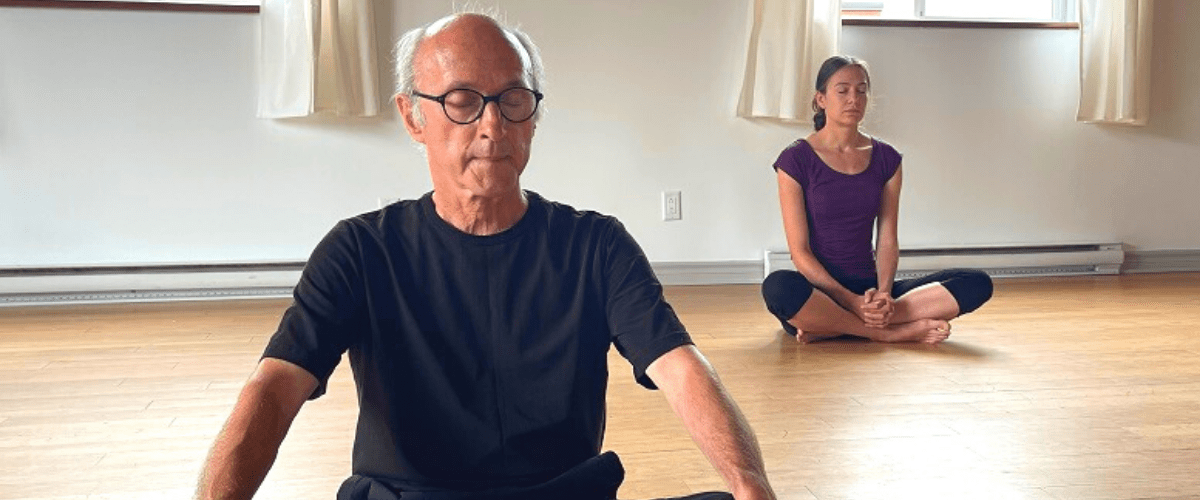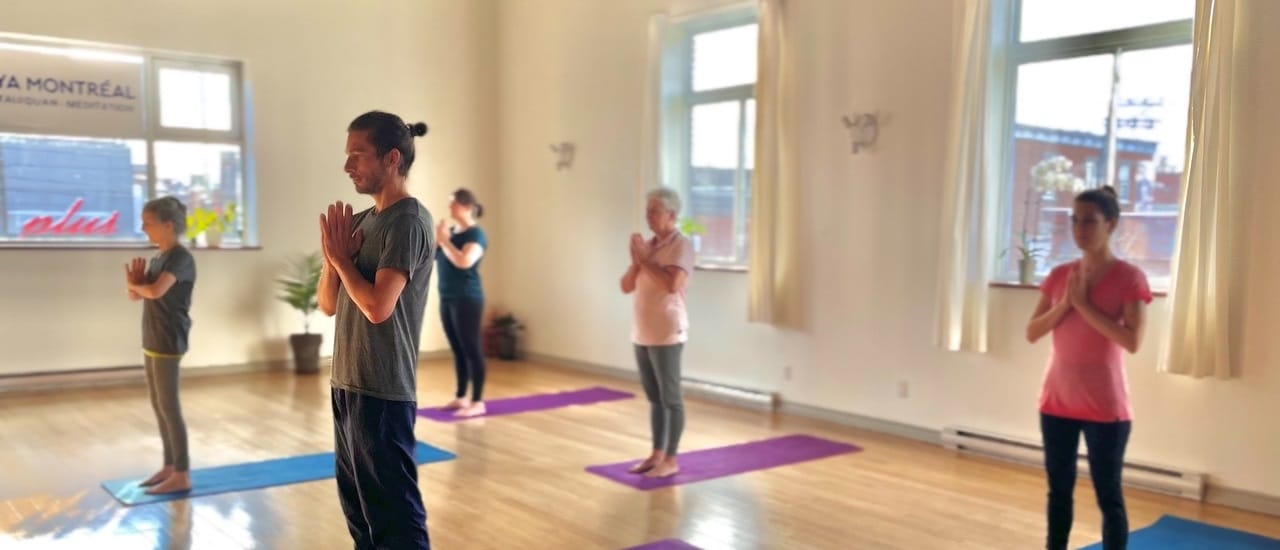The yoga tradition considers the human being as a whole composed of 5 bodies, from the most “gross” to the most “subtle”:
- The physical body
- The energetic body
- The emotional body
- The mental body
- The subtle body
These bodies are interdependent, and each one is related to the one below and above.
THE ENERGETIC BODY
In the oriental tradition, the notion of the energetic body can be found in the texts of Yoga but also in Ayurveda, the Indian holistic medicine. Little recognized in the West, it is sometimes associated with the physical body. According to the texts, the energetic body is located between the physical body and the emotional body. It regulates our vitality and our energy. It is also linked to our breath.
This energetic body is composed of many channels (“nadis”) and wheels or centers (“chakras”) allowing the circulation of Prana (the Primordial energy, coming from the Sun) throughout the body. These elements are more subtle and refined than the components of our physical body. This energetic “envelope” resembles the meridians of Traditional Chinese Medicine that carry the Qi.
PRACTICES TO ACT ON THE ENERGY BODY
In the pursuit of well-being, the proper functioning of our energetic system is necessary. Indeed, each action of our daily life – family and social interactions, our emotions, our rhythm of life – affects and modifies this system and the way prana circulates in our body. This can lead to blockages or illnesses.
The practice of yoga and asanas, through conscious movement, breath and intention, can unravel and recreate space in the body and remove blockages – both physical and emotional. Energy can be reactivated and circulated smoothly.
Pranyama exercises, the work on the breath, also allow access to the energetic body and to act on it. Specific exercises help to stimulate and boost energy, while others are more soothing and reduce stress. We can see here the close relationship between the breath and the subtle energy body.
Another way to act on this energetic envelope is via the emotional body, which is even more subtle. Through meditation, the student learns to observe his thoughts and his mental space. Gradually, he or she will be able to separate himself/herself from his/her emotions. Managing one’s emotions also has a positive impact on the energetic body. When we are enthusiastic, radiant, motivated, we have plenty of energy to spread! We feel good.
Suryashtanga
Suryashtanga offers a comprehensive approach and tools to achieve well-being, while adapting to each individual. A progressive learning of asanas, pranayama and meditation allows us to get a better understanding of ourselves and the interrelations between our different bodies.



